There are several reasons why you may need to put your jeep in neutral with a dead battery. It could be because of an emergency situation, such as your car being stuck in the mud or snow and needing to be towed.

Or it could simply be due to a drained battery, where you need to move the vehicle without starting the engine. Whatever the reason may be, learning how to put your jeep in neutral with a dead battery is an important skill to have as a jeep owner.
The main advantage of knowing how to put a jeep in neutral with a dead battery is that it allows you to easily move the vehicle without needing to jump-start or replace the battery. This can be useful in situations such as being parked in a tight spot, or needing to push the vehicle out of harm’s way. Read this blog post to learn how to put jeep in neutral with dead battery.
Step by Step Processes for How to Put Jeep in Neutral With Dead Battery
Step 1: Inspect the Situation
Before you begin any process, it is important to assess the situation. Start by checking the battery level of your Jeep and determine if it is completely dead or just needs a jump start. Also, make sure to check for any warning lights on your dashboard that could indicate a bigger issue.
Step 2: Locate the Shifter
Next, locate the shifter on your Jeep. Depending on the model and year, it could be located on the center console or in between the driver and passenger seat. Now that you have located the shifter, identify the shift pattern. This is typically a series of letters or numbers that indicate which gear the shifter is currently in. For most Jeeps, the neutral gear is indicated by an “N” or a “0”.
Step 3: Engage the Parking Brake
Before you put your Jeep in neutral, make sure to engage the parking brake. This will prevent it from rolling while it is in neutral. With the parking brake engaged, press and hold the brake pedal with your foot. This is an important safety measure to ensure that the Jeep does not start moving while you are shifting gears.
Step 4: Move the Shifter to Neutral
With your foot still pressed on the brake pedal, move the shifter into neutral. Make sure to follow the shift pattern and firmly press the shifter into place. Once the shifter is in neutral, slowly release your foot from the brake pedal. The Jeep should now be securely in neutral and should not move.
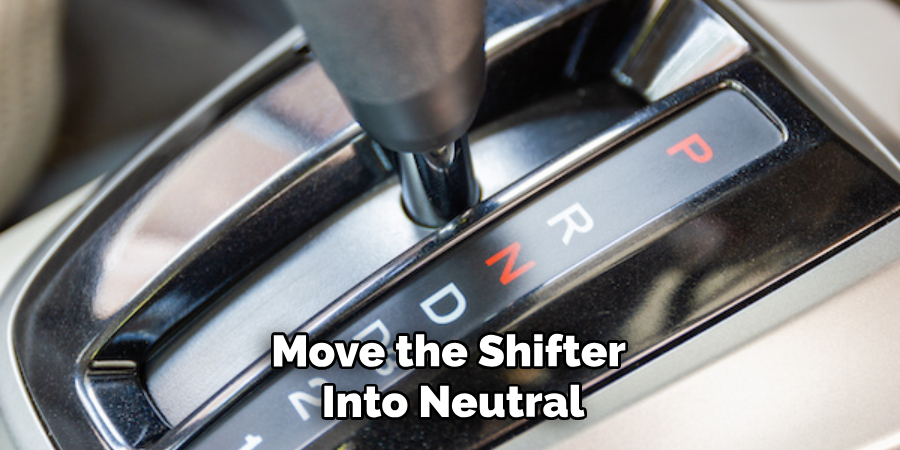
Step 5: Disconnect the Negative Battery Cable
Now that your Jeep is safely in neutral, it’s time to disconnect the negative battery cable. This will prevent any electrical issues while working with the battery. After disconnecting the negative battery cable, wait a few minutes before proceeding to the next step. This will allow any residual electrical charges to dissipate.
Step 6: Reconnect the Negative Battery Cable
Once you have waited a few minutes, it’s time to reconnect the negative battery cable. Make sure to secure it tightly in place and double check that all connections are secure. Your Jeep should now be ready to start up again.
By following these simple steps, you can easily put your Jeep in neutral with a dead battery. It’s important to always take precautions and carefully follow the correct process to avoid any potential accidents or issues. Remember to regularly check and maintain your Jeep’s battery for optimal performance and functionality.
Safety Tips for How to Put Jeep in Neutral With Dead Battery
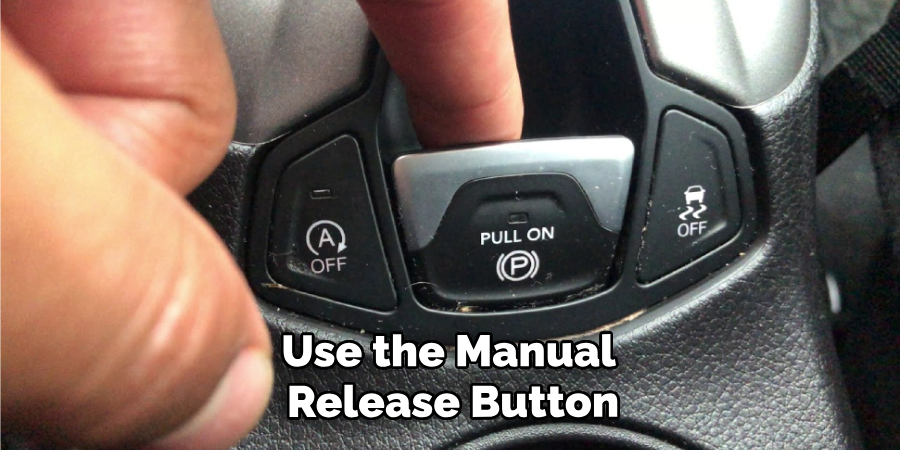
- Make Sure You Are in a Safe Place – Before attempting to put your Jeep in neutral, make sure that you are in a safe location. This could be a parking lot or the side of the road where there is not much traffic.
- Use Caution When Handling the Gear Shifter – Depending on the model and year of your Jeep, the process of putting it in neutral may vary. Make sure to consult your owner’s manual for specific instructions and use caution when handling the gear shifter.
- Take Note of Any Warning Lights or Messages – If your Jeep has a dead battery, it is likely that there are other issues at play as well. Take note of any warning lights or messages on your dashboard before attempting to put the car in neutral.
- Use the Manual Release Button if Necessary – In some Jeep models, there is a manual release button located near the gear shifter that allows you to put the car in neutral without using the battery. Refer to your owner’s manual for instructions on how to use this feature.
- Have Someone Assist You – If you are not comfortable or unsure of how to put your Jeep in neutral, it is always a good idea to have someone else assist you. They can guide you through the process and provide support if needed.
- Keep Your Foot on the Brake – While putting your Jeep in neutral, make sure to keep your foot firmly on the brake pedal. This will prevent the car from rolling and ensure your safety.
- Have a Backup Plan – If all else fails, have a backup plan in case you are unable to put your Jeep in neutral. This could include calling for roadside assistance or finding someone with jumper cables to help jumpstart your battery.
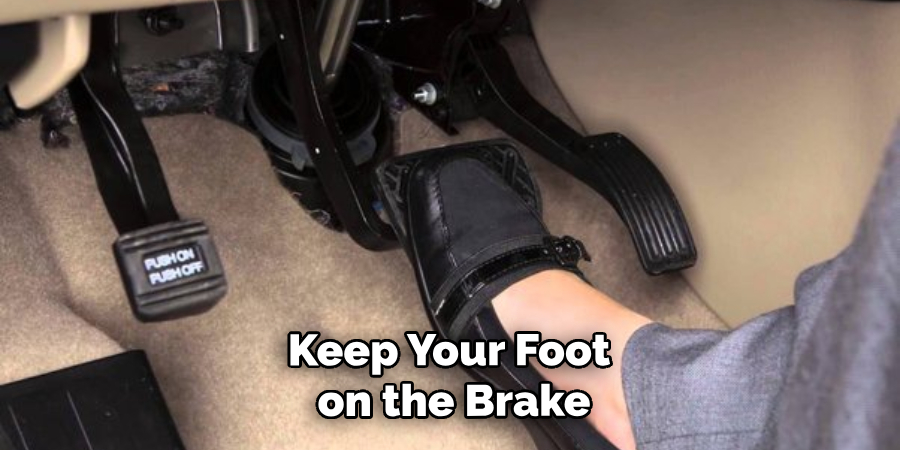
By following these safety tips, you can safely put your Jeep in neutral even with a dead battery. Remember to always prioritize your own safety and consult your owner’s manual for specific instructions on how to operate your particular model of Jeep.
How Can You Prevent Your Jeep’s Battery From Dying Again After Putting It in Neutral With a Dead Battery?
One of the most common causes of a dead battery in a Jeep is leaving the vehicle in neutral with the engine off. This happens frequently when towing the vehicle or using it for flat-towing behind an RV.
However, there are steps you can take to prevent your Jeep’s battery from dying again after putting it in neutral with a dead battery. Firstly, always make sure to properly disconnect and reconnect your Jeep’s battery when towing or using it for flat-towing. This will prevent any unnecessary drain on the battery while the vehicle is not in use.
Regularly checking and replacing your Jeep’s battery if it is old or weak can also help prevent a dead battery. It is recommended to replace car batteries every 3-5 years, depending on usage. Proper maintenance of your Jeep’s electrical system, such as keeping the terminals clean and ensuring all connections are secure, can also help prevent battery drain and prolong the life of your battery.
Lastly, using a memory saver device is another option to prevent your Jeep’s battery from dying again. This device plugs into the vehicle’s OBD-II port and saves important settings and data in the car’s computer while the battery is disconnected for maintenance or repairs.
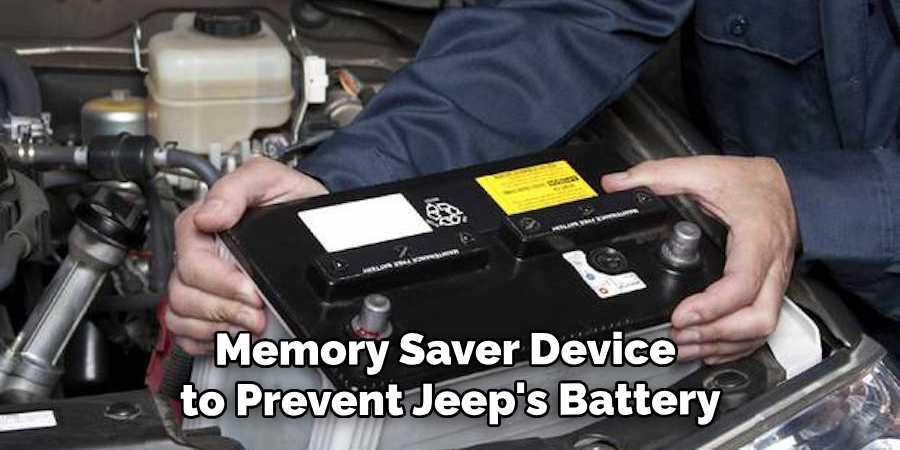
How Long Will the Process Take to Put Your Jeep in Neutral With a Dead Battery?
There is no definitive answer to this question as it largely depends on the specific model of Jeep and the condition of the battery. Generally, it should take anywhere from 5-10 minutes to put your Jeep in neutral with a dead battery.
If you have a manual transmission, the process may be quicker as you can manually shift into neutral using the shift linkage under the hood. However, if you have an automatic transmission, it may take a bit longer as you will need to locate and access the shift solenoid or release button.
It is important to note that attempting to move your Jeep in neutral with a dead battery should only be done in emergency situations and caution should always be exercised. It is recommended to seek assistance from a professional mechanic or towing service if possible.
In addition, it is always a good idea to have a fully charged spare battery or jump starter on hand in case of emergencies like this. Regular maintenance and upkeep of your Jeep’s battery can also help prevent these situations from occurring.

How Often Should You Check Your Jeep’s Battery to Avoid It Dying and Having to Put It in Neutral With a Dead Battery Again?
One of the most frustrating experiences for a Jeep owner is having to put their vehicle in neutral due to a dead battery. This can happen unexpectedly and leave you stranded, unable to start your Jeep or even shift gears. To avoid this situation, it’s important to regularly check your Jeep’s battery. Here are the steps you should follow:
- Consult Your Owner’s Manual: The first step in determining how often you should check your Jeep’s battery is to refer to the owner’s manual. It will provide specific guidelines for your particular model and year.
- Consider Driving Habits: If you frequently take short trips, use accessories while the engine is off, or live in a cold climate, your battery may need to be checked more often.
- Check the Battery Every 3 Months: As a general rule, it’s recommended to check your Jeep’s battery every three months. This will ensure that any potential issues are caught early on and can be addressed before they lead to a dead battery.
- Perform Visual Inspections: In addition to checking the battery voltage, it’s important to visually inspect the battery for any signs of corrosion or damage. Clean off any buildup and replace the battery if needed.
- Test the Battery: You can also use a voltmeter to test your battery’s voltage. A fully charged battery should read around 12.6 volts, but anything below 12 volts may indicate a problem.
- Pay Attention to Warning Signs: If you notice that it takes longer for your Jeep to start or if the battery warning light comes on, it’s a sign that your battery may need to be replaced.
- Consider Extreme Weather Conditions: Extreme temperatures, whether hot or cold, can take a toll on your Jeep’s battery. If you live in an area with harsh weather, consider checking your battery more frequently.
- Keep Track of Battery Replacement Dates: As a general rule, car batteries should be replaced every 3-5 years. Keep track of when you last replaced your battery so you know when it’s time for a new one.
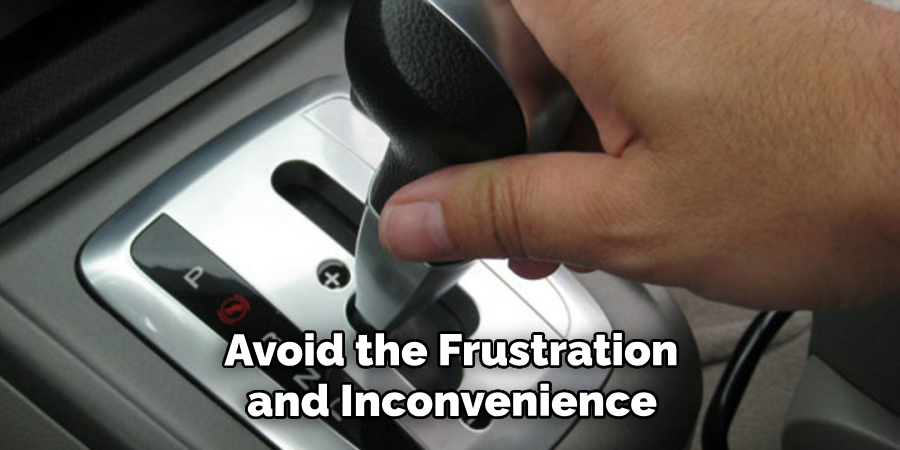
By following these steps and regularly checking your Jeep’s battery, you can avoid the frustration and inconvenience of having to put your vehicle in neutral with a dead battery. Proper maintenance and attention to warning signs can help ensure that your battery stays in good condition and keeps your Jeep running smoothly. Remember, prevention is always better than dealing with a dead battery on the side of the road.
Conclusion
In conclusion, knowing how to put a jeep in neutral with a dead battery is an important skill for any Jeep owner. Whether you find yourself in a remote location without access to jumper cables or simply want to avoid the hassle of trying to jump start your vehicle, being able to shift into neutral can save you time and stress.
We have discussed two methods for putting a jeep in neutral with a dead battery – the manual release method and using a portable jump starter. Both methods are effective and can be used in different scenarios depending on your situation. I hope reading this post has helped you learn how to put jeep in neutral with dead battery. Make sure the safety precautions are carried out in the order listed.

About
JeepFixes Team is a skilled author for Jeep Fixes, bringing 6 years of expertise in crafting a wide range of jeep fixes. With a strong background in jeep fixes work, JeepFixes Team’s knowledge spans various types of fixtures, from decorative pieces to functional hardware, blending precision with creativity. His passion for jeep fixes and design has made him a trusted resource in the industry.
Professional Focus:
Expert in Jeep Fixes : JeepFixes Team aesthetic specializes in creating durable and innovative jeep fixes, offering both appeal and functionality. His work reflects a deep understanding of jeep fixes techniques and materials.
Sustainability Advocate : He is dedicated to using sustainable practices, ensuring that every fixture is crafted with eco-friendly methods while maintaining high-quality standards.
In his writing for jeep fixes, JeepFixes Team provides valuable insights into the latest trends, techniques, and practical advice for those passionate about jeep fixes, whether they are professionals or DIY enthusiasts. His focus on combining artistry with engineering helps others discover the true potential of jeep in design.
